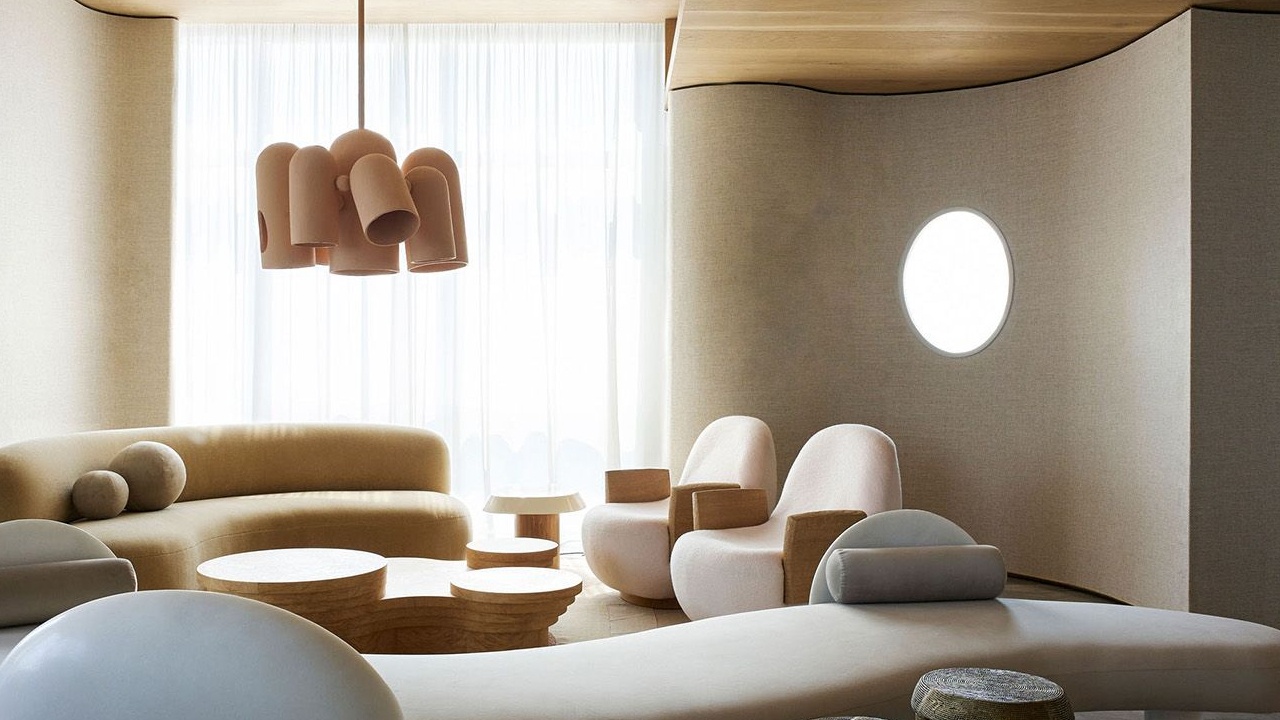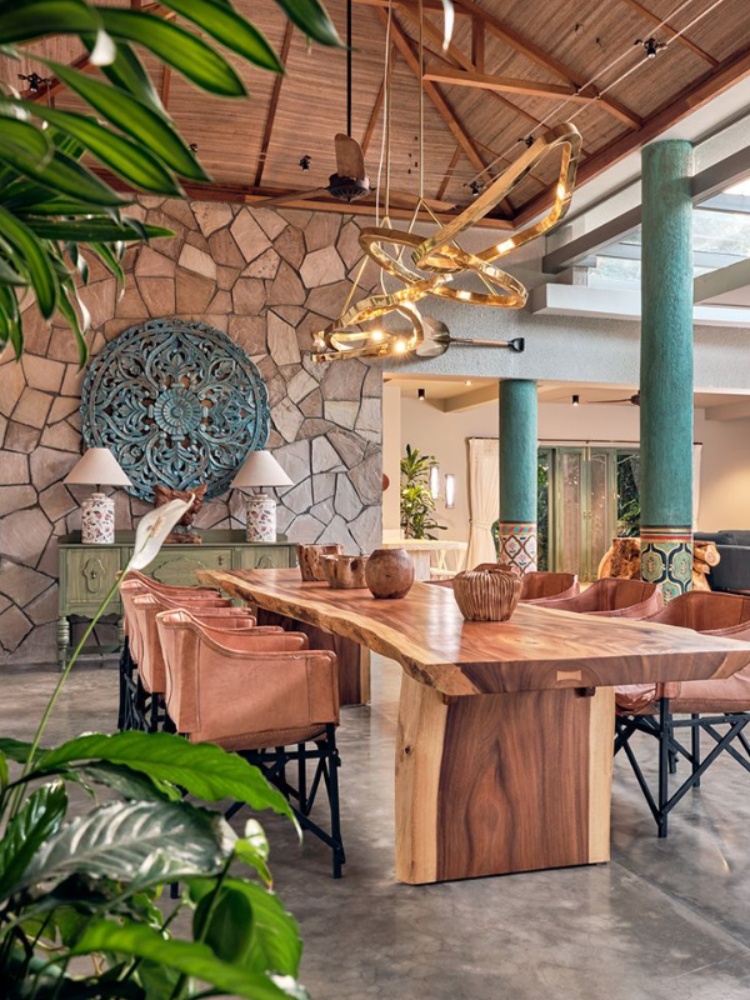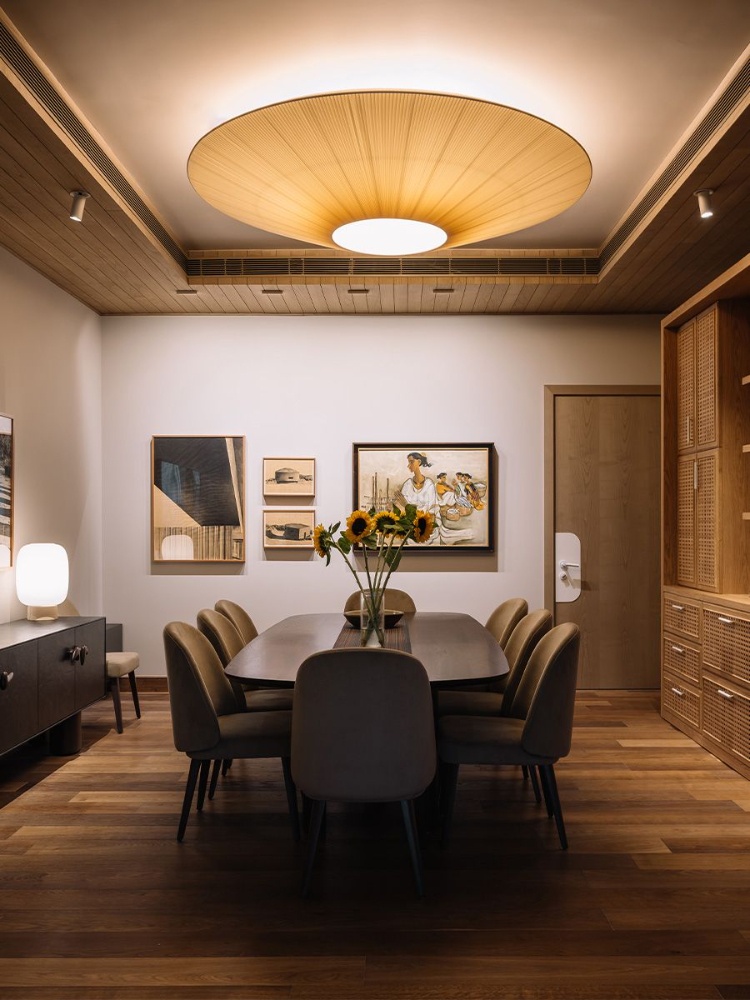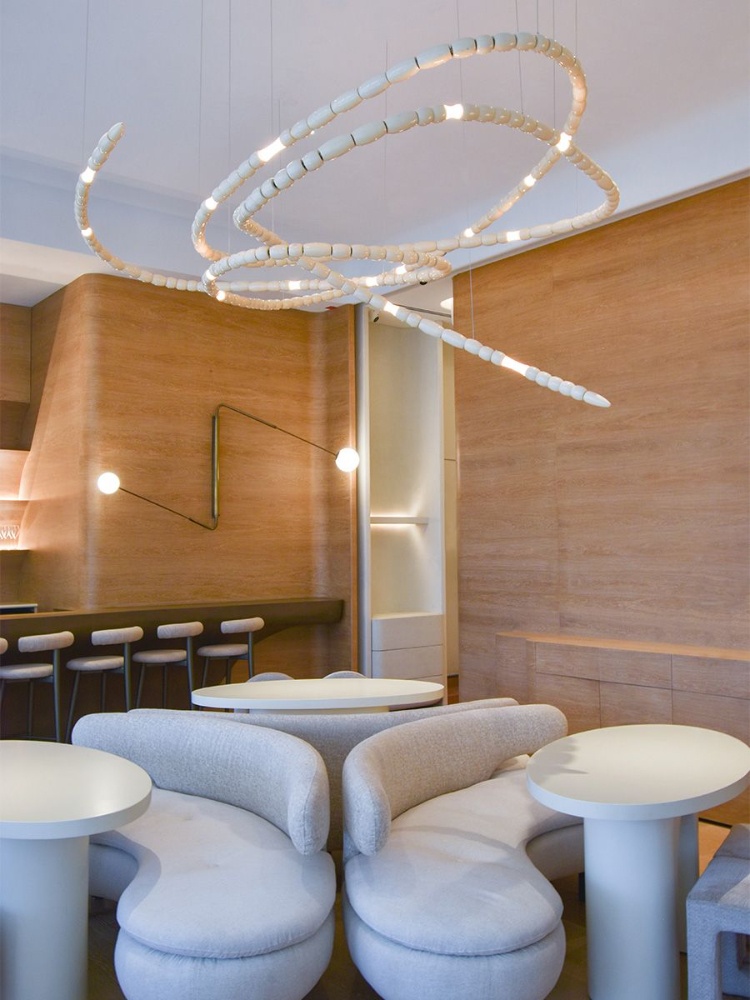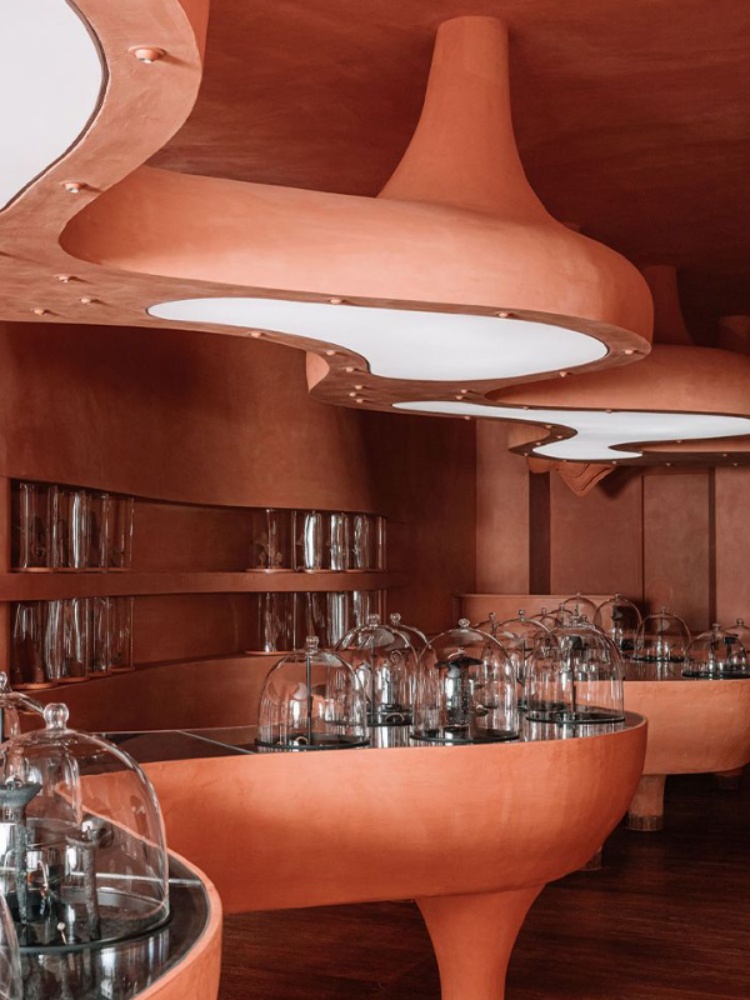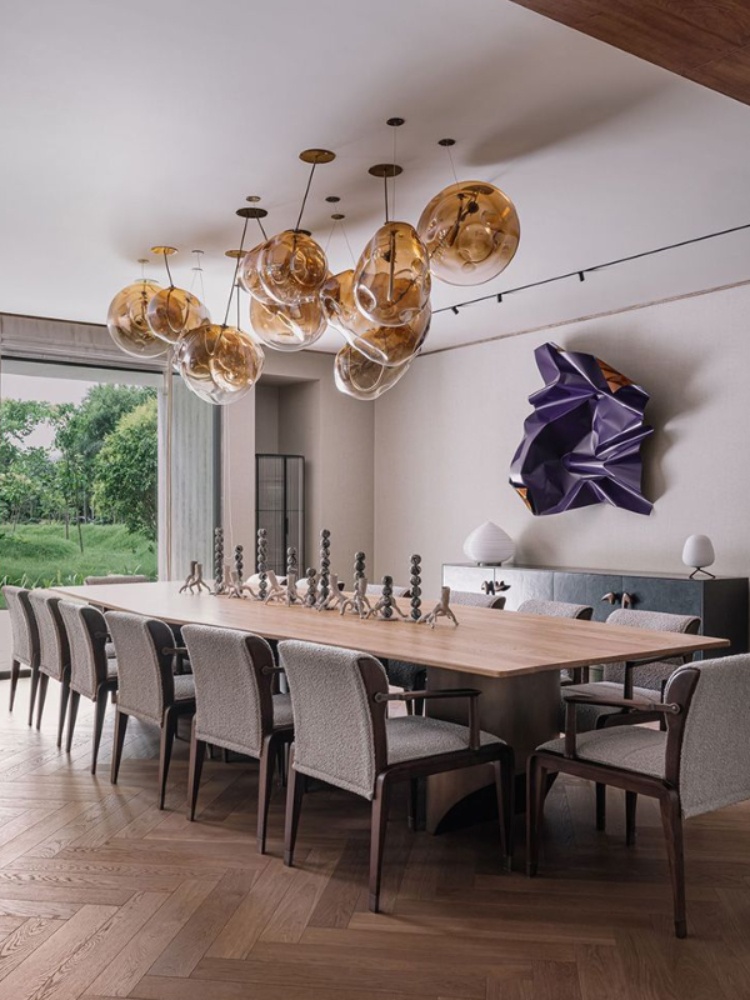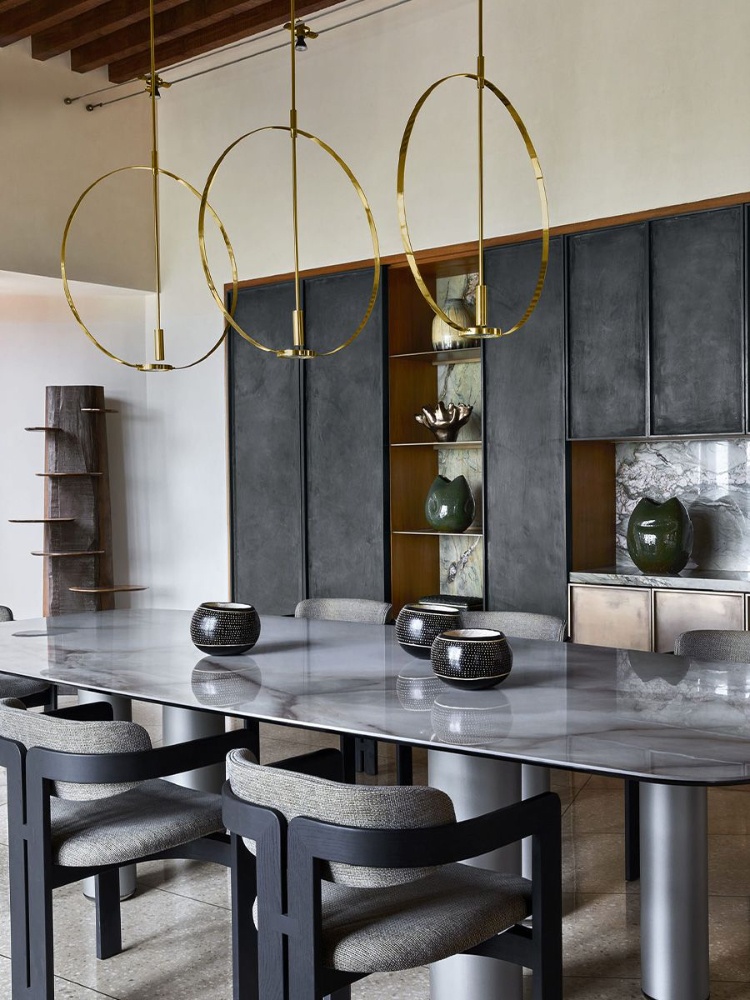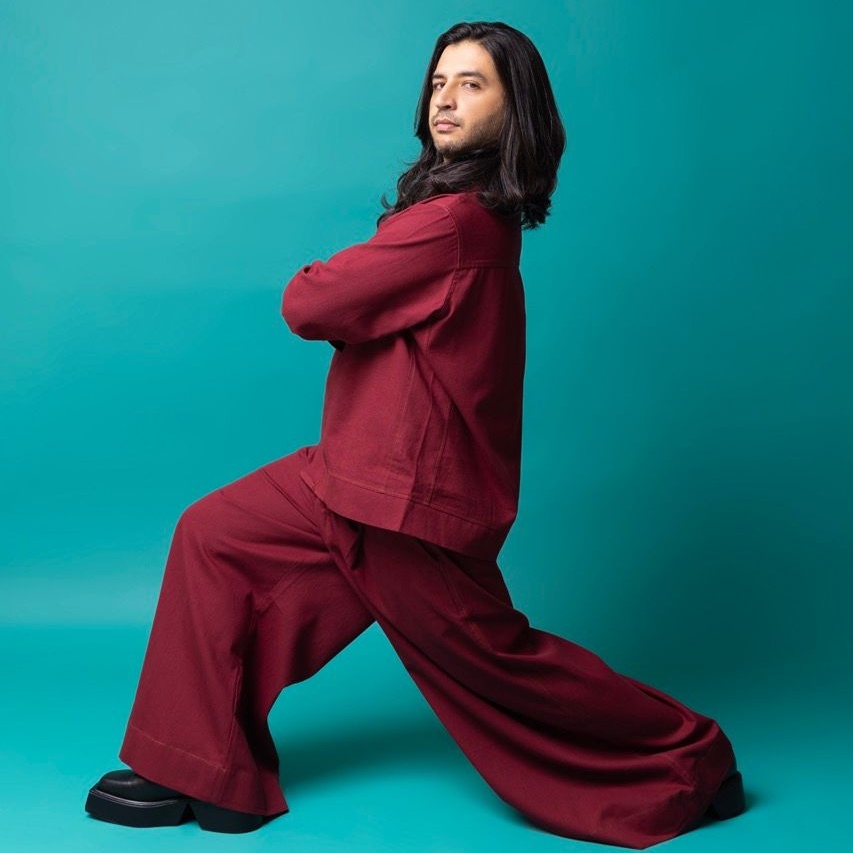The first thing Huzefa Rangwala does when he enters a room is look up. “It’s just nicer to be in a space that has more volume,” explains the architect, who is one half of the architectural practice, MuseLAB. “Of course, intimate spaces have their own charm, but when you’re in a setting where you’re anticipating larger volumes, you tend to look up, and in some way, your mind is expecting to see something suspended within that volume.”
Traditionally, that “something” would be a chandelier—a glittery extravagance of glass and metal that outshines everything else in the space. “If you go back in history, the idea of a chandelier was always to create the impression of stars in the sky,” explains architect Ashiesh Shah. “These crystalline, celestial objects above you created an element of interest.” Over time, however, sensibilities started to shift. The gargantuan assemblages of crystal you might see at the Baroda Palace, for instance, began to make way for a quieter sort of luxury. Around the middle of the century, movements like Bauhaus and modernism popularised a function-first aesthetic, and opulence wasn’t cool anymore. “Today, the word chandelier has evolved as well,” continues Shah, whose eponymous atelier has designed a variety of lighting objects that blur the lines between suspended light fixtures and luminary installations. “But I always look at it as an opportunity to build floating sculptures.”
